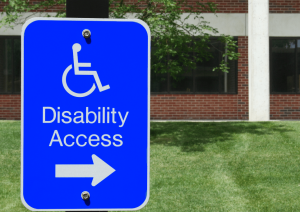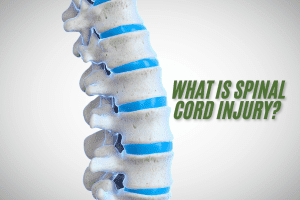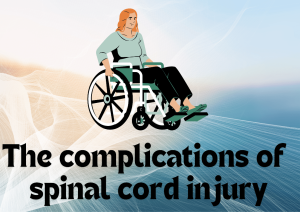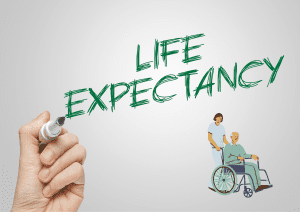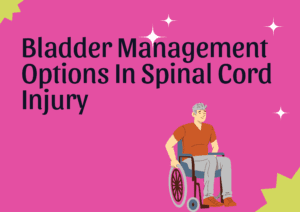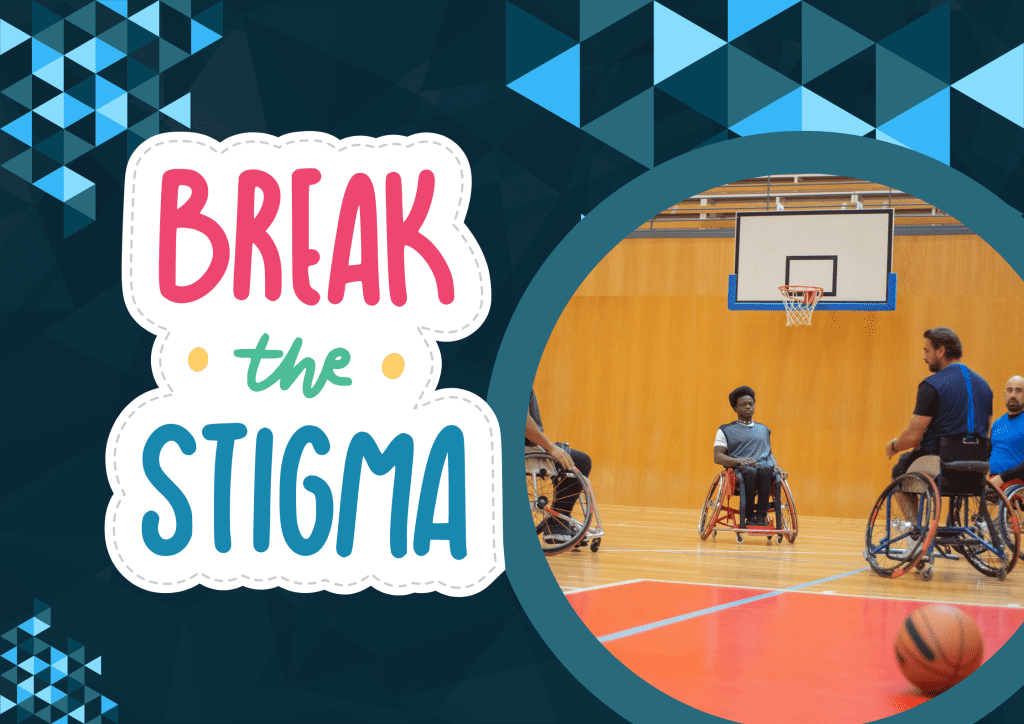
By Scihealthhub – September 24, 2024
Spinal cord injury (SCI) is a devastating condition in which damage to the spinal cord leads to sudden loss of movement, loss of sensation and disruption of other body functions below the level of the injury.
The over 15 million people affected by the condition worldwide are confronted with many battles and challenges. They are faced with the obvious challenge of physical limitations and the not so obvious secondary health complications caused indirectly by the spinal cord injury.
In addition, there is also the challenge of many stigmas and misconceptions about people living with spinal cord injury. These stigmas not only affect the way individuals with spinal cord injury are perceived by society but also impact their mental and emotional well-being.
In this article, we aim to dispel the myths surrounding spinal cord injury and provide a clearer understanding of the challenges and triumphs that spinal cord injury survivors experience.
Common Misconceptions and Stigmas About Spinal Cord Injury
1. People with Spinal Cord Injury Are Sick and Should Be Pitied
Some people believe that individuals with spinal cord injuries are perpetually ill and should be pitied. As a result, their first reaction when they encounter someone living with spinal cord injury is to say “sorry” or “it is well”.
Personally, I have been a victim of this demeaning misconception several times.
While spinal cord injury can lead to secondary health complications, living with a spinal cord injury does not necessarily mean someone is sick.
Many individuals with spinal cord injuries are healthy, engaged in their communities, and live full lives.
Treating people with spinal cord injury as if they are fragile or deserving of pity is both disempowering and inaccurate. Instead, they should be treated with respect and regarded as capable individuals, just as anyone else.
2. People with spinal cord injury are permanently confined to bed or a wheelchair
One very pervasive misconception is that individuals living with spinal cord injuries are forever bedridden or bound to a wheelchair.
While mobility can be significantly affected, many people with spinal cord injury live active, independent lives.
Advances in technology, including mobility aids like robotic exoskeletons, power wheelchairs, and adaptive devices, have enabled individuals with spinal cord injury to engage in normal daily activities, work and even participate in sports.
3. People with Spinal Cord Injury Don’t Live Long
While it is true that spinal cord injury survivors face health challenges, modern medical care has greatly improved the life expectancy and quality of life of individuals with spinal cord injury.
Many live long, fulfilling lives with proper medical management, including managing secondary health conditions like pressure sores, urinary tract infections, and cardiovascular health, and adoption of healthy lifestyle changes.
4. People with SCI Can’t Contribute to Society
This is a damaging stereotype that is far from the truth.
People with spinal cord injuries contribute meaningfully in various fields, from advocacy to entrepreneurship. They work, volunteer, pursue education, and lead families.
For example, I am a practicing medical doctor, writer, and blogger, all while living with a spinal cord injury. Through my work, I contribute to healthcare, offer support and advice through my writings, and actively engage with the spinal cord injury community via my blog, scihealthhub.com.
Many others living with spinal cord injury pursue careers in education, technology, sports, and the arts, proving that physical disability does not equate to a lack of ability.
It is essential to recognize that people with spinal cord injuries are fully capable of making substantial contributions to their communities and beyond.
5. People with SCI are Infertile and Can’t Have Intimate Relationships
This is untrue or at best half-truth.
While spinal cord injury can affect sexual function and fertility, many people with spinal cord injury lead satisfying intimate lives and can have children of their own.
There are resources, medical interventions, and counseling services available to help individuals and their partners navigate changes in their relationships and reproductive system.
6. Spinal Cord Injury Is Solely a Physical Challenge
While the physical limitations associated with spinal cord injuries are well-known, what often goes unnoticed is the medical, emotional, psychological, and social challenges faced by survivors.
Depression, anxiety, and feelings of isolation can be common, especially early on.
Advocacy and mental health support are critical in helping individuals adjust and lead balanced lives.
7.. All Spinal Cord Injuries Are the Same
Spinal cord injury affects individuals differently depending on the location and severity of the injury.
There is a wide spectrum of mobility, sensation, and function outcomes based on whether the injury is complete or incomplete, or if it occurred in the cervical, thoracic, or lumbar regions.
It’s important to understand that no two spinal cord injuries are exactly alike, and each person’s abilities and challenges are unique.
8. People with SCI Haven’t Believed or Done Enough to Make a Full Recovery
This misconception unfairly blames individuals with spinal cord injuries for the lack of a full recovery.
The idea that people with spinal cord injury could “recover completely” if they tried harder or believed more in their recovery fails to acknowledge the complex medical realities of spinal cord injuries.
While medical advancements continue to improve rehabilitation outcomes and enhance quality of life, most spinal cord injuries cause irreversible damage to the nerves in the spinal cord. Current treatments, including physical therapy, assistive technologies, and surgery, focus on maximizing functional independence but cannot completely restore lost function.
The notion that spinal cord injury survivors simply haven’t “tried enough” dismisses the incredible resilience and hard work that go into their rehabilitation process.
It also places unnecessary emotional and psychological pressure on individuals, leading to feelings of guilt and frustration.
The reality is that spinal cord injuries are not something that can be overcome through sheer willpower or belief alone. Recovery varies from person to person, and despite the best efforts of patients, families, and medical professionals, there may be permanent limitations.
The Impact of These Stigmas and Misconceptions on People Living with SCI
These misconceptions contribute to the stigmatization of individuals with spinal cord injuries. They can lead to isolation, low self-esteem, and difficulty accessing opportunities.
The societal perception of spinal cord injury often creates barriers to employment, relationships, and community participation, which further marginalizes the spinal cord injury population.
People with spinal cord injury may also internalize these stigmas, believing that their lives are less valuable or that their potential is limited. This can hinder their rehabilitation progress and overall quality of life.
How to Break the Stigmas and Misconceptions Surrounding People Living with Spinal Cord Injury
Education and Awareness
Raising public awareness about the realities of living with spinal cord injury is one of the most effective ways to combat misconceptions. Educational campaigns, blogs, advocacy groups, and media representation can help change public perception and create more understanding and empathy toward people living with spinal cord injuries.
Highlighting Success Stories
Sharing the stories of individuals living fulfilling lives with spinal cord injury can help dismantle harmful stereotypes.
These stories show that people with spinal cord injuries are more than their diagnosis and that they can thrive despite their physical limitations.
Advocating for Accessibility and Inclusion
Promoting the importance of accessible spaces, equal employment opportunities, and inclusive healthcare can create a more supportive environment for people with spinal cord injury.
When individuals with spinal cord injury are seen participating in all aspects of society, it helps to change the narrative that they are dependent or incapable.
Encouraging Open Conversations
Talking openly about the challenges, fears, and triumphs that come with spinal cord injury can foster better understanding and reduce the stigma. When people with spinal cord injuries share their experiences, it helps to bridge the gap between perception and reality, allowing others to learn and grow.
In conclusion, there are many harmful misconceptions and stigmas associated with spinal cord injuries which weigh down heavily on the psychological and emotional well-being of survivors of spinal cord injury. It requires more education, advocacy, and greater support and inclusion for people living with spinal cord injury to break these damaging stereotypes and lead richer and more empowered lives.
We hope you liked this article. Please subscribe to our newsletters and follow our social media handles. Feel free to drop your comments or questions.

